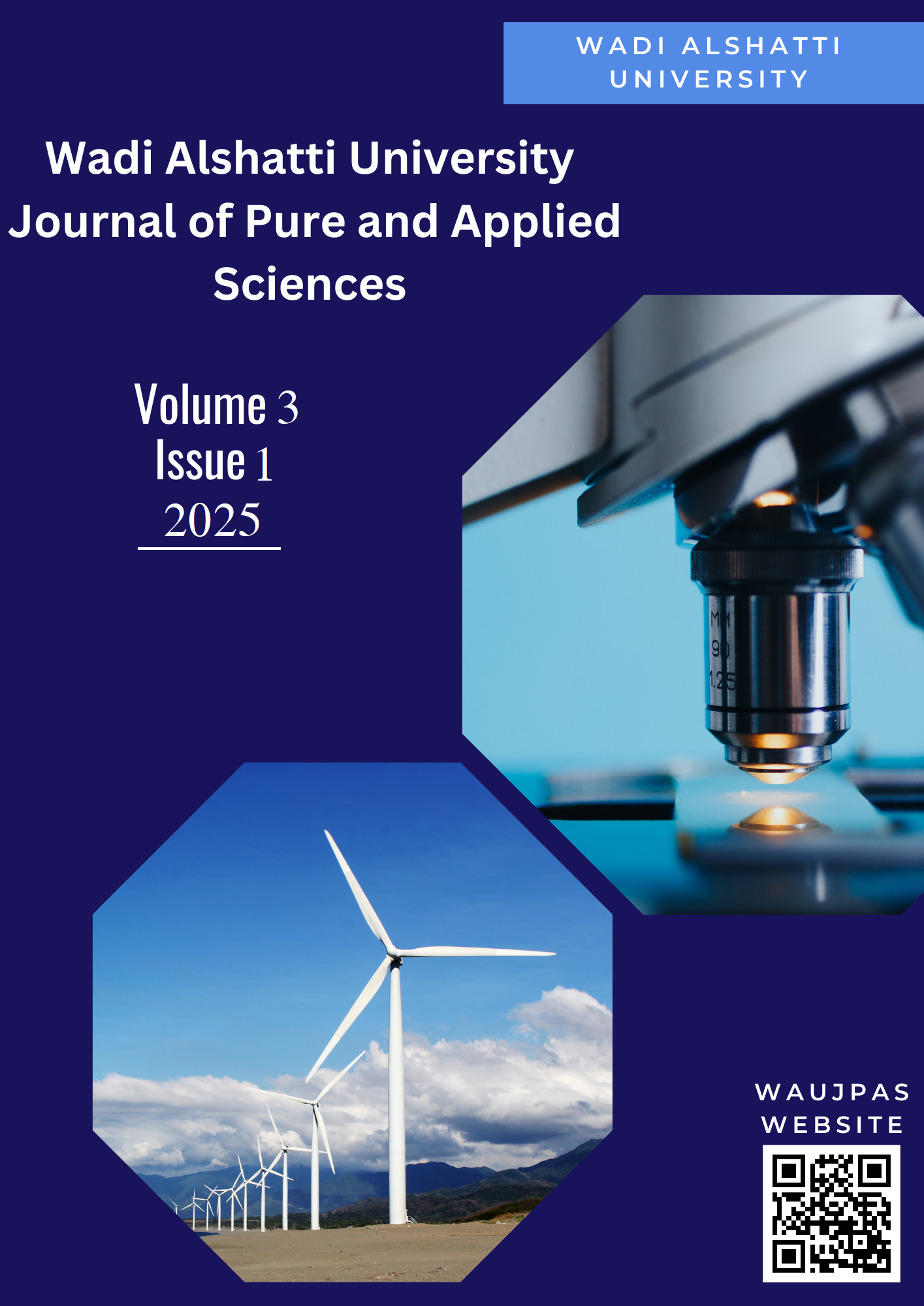Evaluation of In-Vitro Antimicrobial Effects of Various Solvents Extracts of Curcuma Zedoaria (Kunyit Putih) Leaves on Selected Gram-Negative and Gram-Positive Bacterial Strains
DOI:
https://doi.org/10.63318/Keywords:
In-vitro activity, Solvent Extracts, Curcuma zedoaria, Gram positive, Negative strainsAbstract
Members of the family Zingiberaceae have generally attracted interest since the ancient times of mankind, and their uses have developed successively. Curcuma zedoaria is a distinct example that has a vast array of antimicrobial properties. Leaves of C. zedoaria were extracted using 90% each of methanol and ethanol and 30% isopropanol. They were subjected to antimicrobial susceptibility testing using the agar-disc diffusion technique at concentrations of 10 mg/mL, 25mg/mL, and 50mg/mL against both of Gram-positive bacteria including Bacillus subtilis (ATCC 6633), Bacillus cereus (ATCC 33019), Staphylococcus aureus (ATCC 29737), Propionibacterium acne (ATCC 6919), Streptococcus mutans (ATCC 27351), and Listeria monocytogenes, and gram-negative bacteria including Escherichia coli (ATCC 25922), Klebsiella pneumonia (ATCC 13773), and Acinetobacter anitratus (A9). Their minimum inhibitory concentrations (MICs) and minimum bactericidal concentrations (MBCs) were also determined. All the extracts exhibited antimicrobial effects at all concentrations on S. mutans, with inhibition zones ranging from 7.5 to 9.83 mm. There was no activity on all the extracts at a concentration of 10 mg/mL. However, all the extracts exhibited activity against B. cereus and B. subtilis at 25 mg/mL and 50mg/mL, with inhibition zones ranging from 7.67 to 9.67 mm. Isopropanol, methanol, and ethanol extracts showed activity only at 50mg/mL against A. anitratus with inhibition zones of 7.5, 7.67 and 7.83 mm, respectively. However, these extracts exhibited no effect on E. coli, K. pneumonia, S. aureus, L. monocytogenes, or P. aeruginosa at all concentrations. Except for A. anitranus, the MIC and MBC values of ethanol and isopropanol extracts were the same for all the test organisms. The effect was the same in the case of methanol extract, with MIC values of 1.25 mg/mL against S. mutants, B. cereus, and B. subtilis, and MBC value of 2.5mg/mL. Accordingly, methanol extract had the lowest MIC value of 1.25 mg/mL against B. cereus while ethanol and Isopropanol extracts had the lowest MIC values of 0.625 mg/mL against S. mutans. Meanwhile, all these extracts exhibited the lowest of MIC of 1.25 mg/mL against all organisms except for A. anitranus, with values of 5.0mg/mL. It can be indicated that there is a possibility of exploiting the leaf extract of this plant as an antagonist to the pathogenic effects of these types of bacteria.
Downloads
Downloads
Published
Issue
Section
License

This work is licensed under a Creative Commons Attribution-NonCommercial 4.0 International License.
This journal uses Creative Commons Attribution-Noncommerical 4.0 International License (CC BY-NC 4.0), which permits use, sharing, adaptation, distribution and reproduction in any medium or format, as long as you give appropriate credit to the original author(s) and the source, provide a link to the Creative Commons license, and indicate if changes were made. To view a copy of this license, visit https://creativecommons.org/licenses/by-nc/4.0/.
Copyright of articles
Authors retain copyright of their articles published in this journal.





